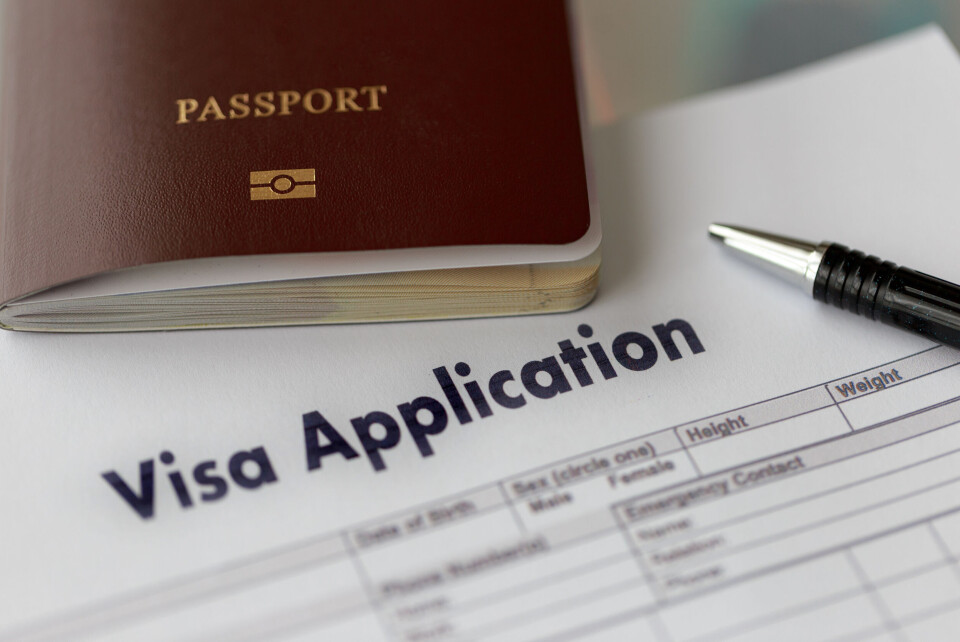-
Brexit cards: what are the rules around passport renewal and residency cards in France?
It is highly recommended that Britons in France retain a valid UK passport
-
Entry/Exit System: What happens when travelling to EU with a French spouse?
The rules are different for the family members of EU citizens
-
New language tests for French residency cause confusion
The testing centres themselves say they are in limbo
Five reader tips on how to avoid French visa delays
Advice and tricks on how best to deal with TLScontact, the firm that manages the French visa application process in the UK

Our previous articles on the difficulties facing Britons attempting to get French visas – and your comments and personal experiences of the process – have seen a large number of Connexion readers write in to tell us their experiences.
Most complaints revolved around TLScontact, the private firm which manages the visa application process for Britons going to France.
Alongside the complaints, however, a number of readers contacted us with some helpful tips and tricks that eased the process for them – and we’re passing these on to you.
Below are the five tips we have compiled to help those struggling with visa appointments.
1. Start the process well in advance
This might be redundant for those of you who are already stuck with this year’s applications, but even then, it is something to keep in mind for the next time you need to apply.
Starting the process as early as possible means you will not miss any of your holiday if you are faced with difficulties.
You can only start your application three months before the proposed date of the visa, but our readers advise starting the process the minute you can – this will also give you more time to find a suitable time slot for your appointment that works for you.
Most second-home owners will look to visit the country between March – October to take advantage of the summer, meaning appointment slots can fill up quickly in the spring, as they are now.
2. Make sure enough time has passed since your last visa
Depending on the type of visa you have, there must be a period of six or 12 months before you can apply for another one.
Check the official ending dates for your previous visa before starting your application process, as you may be blocked from getting a visa if you have not left enough time between visits.
You do not have to give an exact start date for your new visa until you have your in-person interview with the service, giving you enough time to check this even after starting the application online.
Read more: EU confirms plans to delay its new digital border system… again
3. Bring originals and copies of all necessary documents – and recent photographs
Some readers reported confusion over what documents were needed and in what format.
Before attending your appointment, you should double-check the list of necessary documents on the website after setting up your account.
One reader recommended applicants bring both the originals and multiple copies of the documents needed (even if they only ask for one or the other).
The reader who gave us this tip also recommended using up-to-date photographs (no more than a few months old) that show what you currently look like, that are passport-style.
If you have recently changed your hairstyle or something, you should bring photographs showcasing your current look.
There is a photo booth at the interview site to take photos.
4. Double – and triple – check all information is correct
One reader told us their application was denied because of a typo on their TLScontact form – even though the information on their visa application and passport aligned.
They called the service to explain the problem and were assured it would be okay. But on the day of their appointment, their application was rejected.
This means you should be rigorous when going over the form, as it cannot be changed after submission, even if you contact the centre and speak to an advisor.
Check everything from travel dates to names, and if applying for multiple visas (for example, for you and your partner) get other people travelling with you to check if the information is correct.
Read also: Will EU nationality help tax situation when selling second home?
5. Tell a little ‘white lie’
This is not really a white lie, but a useful way to navigate a stumbling block faced by many readers when applying for a visa.
When applying through the France-visas government site, the form asks you if you have already contacted TLScontact.
If you click “no”, your application can be put on hold and delayed, but if you click “yes” it proceeds as normal.
Therefore, you should click yes on the form, even if you have not yet spoken to the visa service.
If you ring a helpline and do not manage to connect to anyone, this will still count as “contacting” the team, meaning you can click yes.
Related articles
France visitor visa: Must you promise not to work? What are the rules?
Is an attestation d'accueil still needed for people visiting France?
























